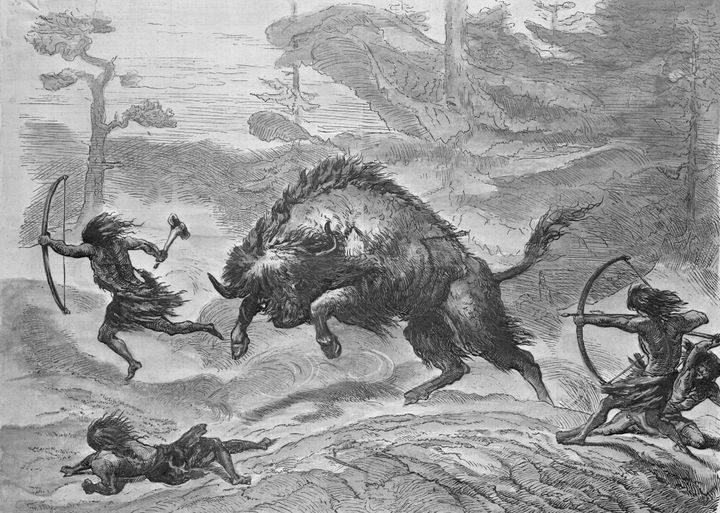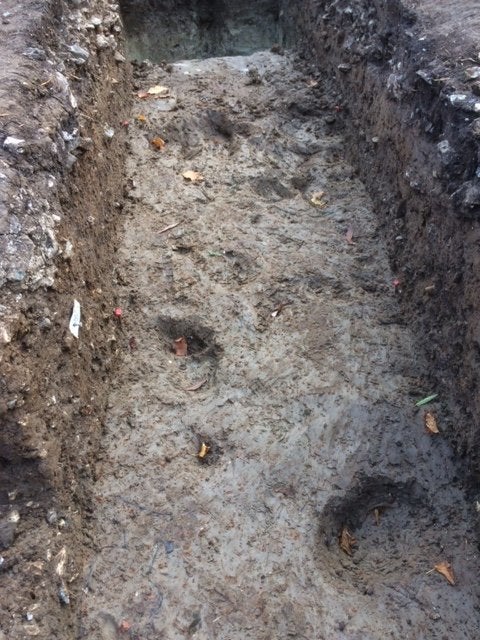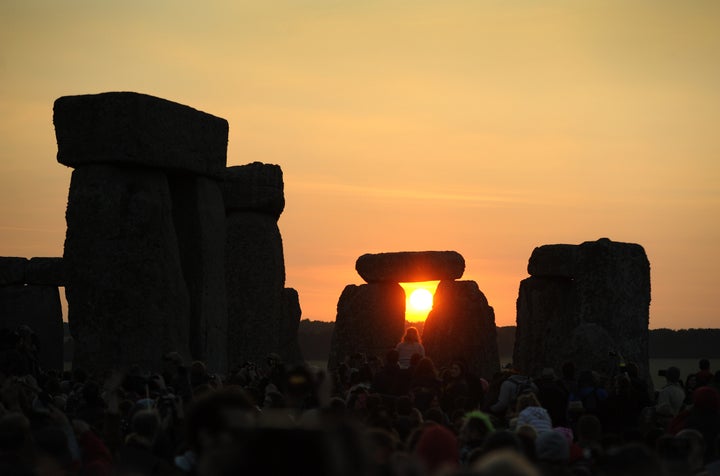Construction of a tunnel past Stonehenge could spell the loss of a “unique” site which can trace the presence of people back to the last Ice Age, experts have warned.
Perfectly preserved hoofprints of wild cattle known as aurochs have recently been found at excavations a mile and a half from the famous stone circle in Wiltshire, University of Buckingham archaeologist David Jacques said.
The 6,000-year-old hoofprints, preserved in what appears to be a ritualistic manner, are the latest in a wealth of finds in a decade-long dig at Blick Mead, which Prof Jacques said formed a “national archive of British history”.

But the tunnel, and a flyover close to the Blick Mead excavations which could also form part of the roadworks to improve the A303, could irrevocably damage the site, he said.
The Government has backed plans to put the A303 into a tunnel as it passes the neolithic stone circle as part of measures to ease congestion and improve the setting of Stonehenge.
But opponents warn the plans, which include eastern and western entrances to the tunnel within the World Heritage site and a possible flyover at the Countess Roundabout near Amesbury, could harm the rich archaeological landscape.
Prof Jacques said impacts on the Blick Mead site had not been assessed, despite it being the only place in Britain that can trace people living there since the end of the Ice Age, around 8,000 BC.

He also accused the Government and Highways England of “negligence or worse” for a map of the plans which he said put Blick Mead in the wrong place, where construction of the flyover and tunnel would be less damaging.
The archaeologist fears construction work on a tunnel and flyover would lower the water table, drying out the peat and silt conditions which preserve archaeological remains.
The most recent excavation uncovered aurochs’ hoofprints, which had been preserved under a stone surface, in a sign they were intended to be preserved, perhaps for ritualistic reasons as aurochs were believed to be sacred, he said.
New carbon dating results reveal they are more than 6,000 years old.
Prof Jacques said there was a real potential that human footprints could be discovered at the site, which has previously revealed a home and signs of feasting and other human settlement at the spot.

“This is the only site in Great Britain where there is evidence that people have been living there from just after the end of the Ice Age to now.
“Essentially the place is like a national archive for organic material which are like documents. It would be like destroying a unique library,” he warned.
He called for a halt to the construction plans, and for “perpetual inquiry” to the site, which could yield more evidence and information about the history of Stonehenge as technology improves.
David Bullock, Highways England project manager, said: “The document in question is a land ownership boundary plan.
“The plan shows indicative general features and was never intended as a geographical map.
“We have just announced the start of statutory consultation on the A303 Stonehenge scheme and we welcome feedback from all interested parties during this process.
“Consultation will start on Thursday 8 February, which will provide an opportunity for everyone to give their views on our proposals and we would like as much feedback as possible.
“This will help us to make sure we have got the best scheme, or highlight where we still need to make changes, before we make our application to build the scheme.”
